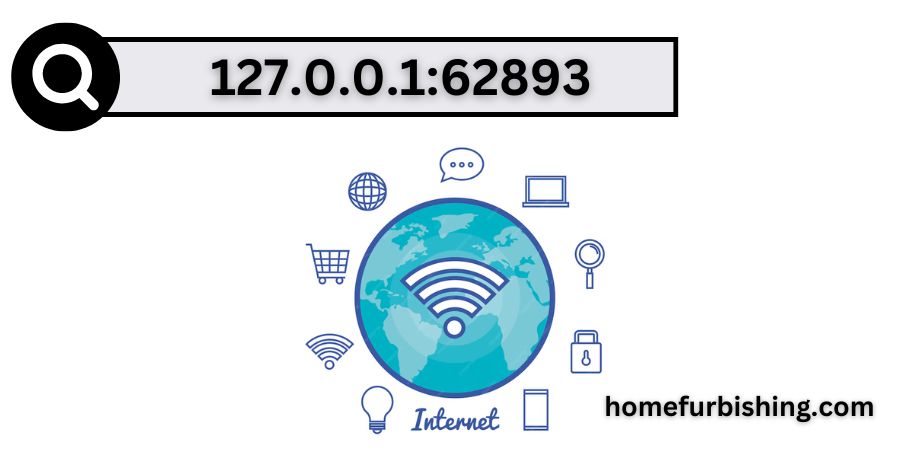Ever wondered what’s going on behind the scenes when you encounter a strange set of numbers like “127.0.0.1:62893”? These seemingly cryptic figures are actually part of the digital world that powers much of our internet experience. But what do they really mean? Let’s dive into the intriguing world of IP addresses and port numbers to uncover the mystery behind this specific notation.
What is 127.0.0.1?
To start, let’s break down “127.0.0.1.” This number represents an IP address known as the “loopback” address. In networking terms, it is used to refer to the local computer, effectively pointing back to itself. This address is crucial for 127.0.0.1:62893 various network troubleshooting and development tasks. When you use 127.0.0.1, you’re essentially directing the network traffic to your own machine, which helps in testing and debugging without sending data out over the internet.
The Role of Port Numbers
Now, let’s add another layer of complexity: the port number, which in this case is 62893. Port numbers are integral in networking as they help differentiate between different services or processes running on a computer. Think of it like a mailbox number in an apartment building; while the address identifies the building, the mailbox 127.0.0.1:62893 number directs your mail to the right recipient. Similarly, the port number helps route the network data to the correct application on your computer.
The Significance of 62893
The port number 62893 may seem arbitrary, but it plays a specific role in your system’s networking setup. Unlike well-known port numbers (like 80 for HTTP or 443 for HTTPS), which are standard across the internet, higher-numbered 127.0.0.1:62893 ports such as 62893 are often used for temporary or custom applications. These are typically dynamic or ephemeral ports, meaning they are assigned on the fly as needed and usually only for the duration of a session.
Why Use a Specific Port Number?
When a program or service needs to communicate over a network, it needs a designated port to send or receive data. This port number ensures that the data gets to the right application. For instance, if you’re running a local server or developing an application, specifying a port number like 62893 allows the server to listen for incoming connections 127.0.0.1:62893 on that port. This can be particularly useful during development to avoid conflicts with other services using standard ports.
The Practical Applications
Understanding how 127.0.0.1 and port numbers work together can be extremely beneficial. For developers, using the loopback address and specific ports allows for safe and isolated testing environments. By routing data internally, developers can test applications as if they were running on a live server without the risks associated with public exposure.
For network administrators, monitoring traffic on specific ports can help in diagnosing issues or ensuring that only intended applications are communicating over the network. Port numbers can also help in identifying unauthorized access 127.0.0.1:62893 or potential security breaches by analyzing unexpected traffic.
Security Considerations
While using 127.0.0.1 for testing and development is generally safe, it’s important to be aware of security practices. Since port 62893 is not one of the well-known standard ports, it can sometimes be used by malware or unauthorized 127.0.0.1:62893 applications. Always ensure that your system’s firewall and security software are up-to-date to protect against potential vulnerabilities.
Conclusion
In summary, the notation “127.0.0.1:62893” represents a loopback IP address combined with a specific port number. This setup is fundamental in the realms of networking and development, allowing for internal testing and precise communication between applications. By understanding these components, you gain insight into how data is managed and routed within your computer, enhancing your ability to troubleshoot and develop more effectively.
Whether you’re a developer, network administrator, or simply curious about how your computer communicates internally, grasping the role of loopback addresses and port numbers opens up a world of knowledge. The next time you see a number like 62893, you’ll have a clearer picture of its purpose and significance in the digital landscape.


